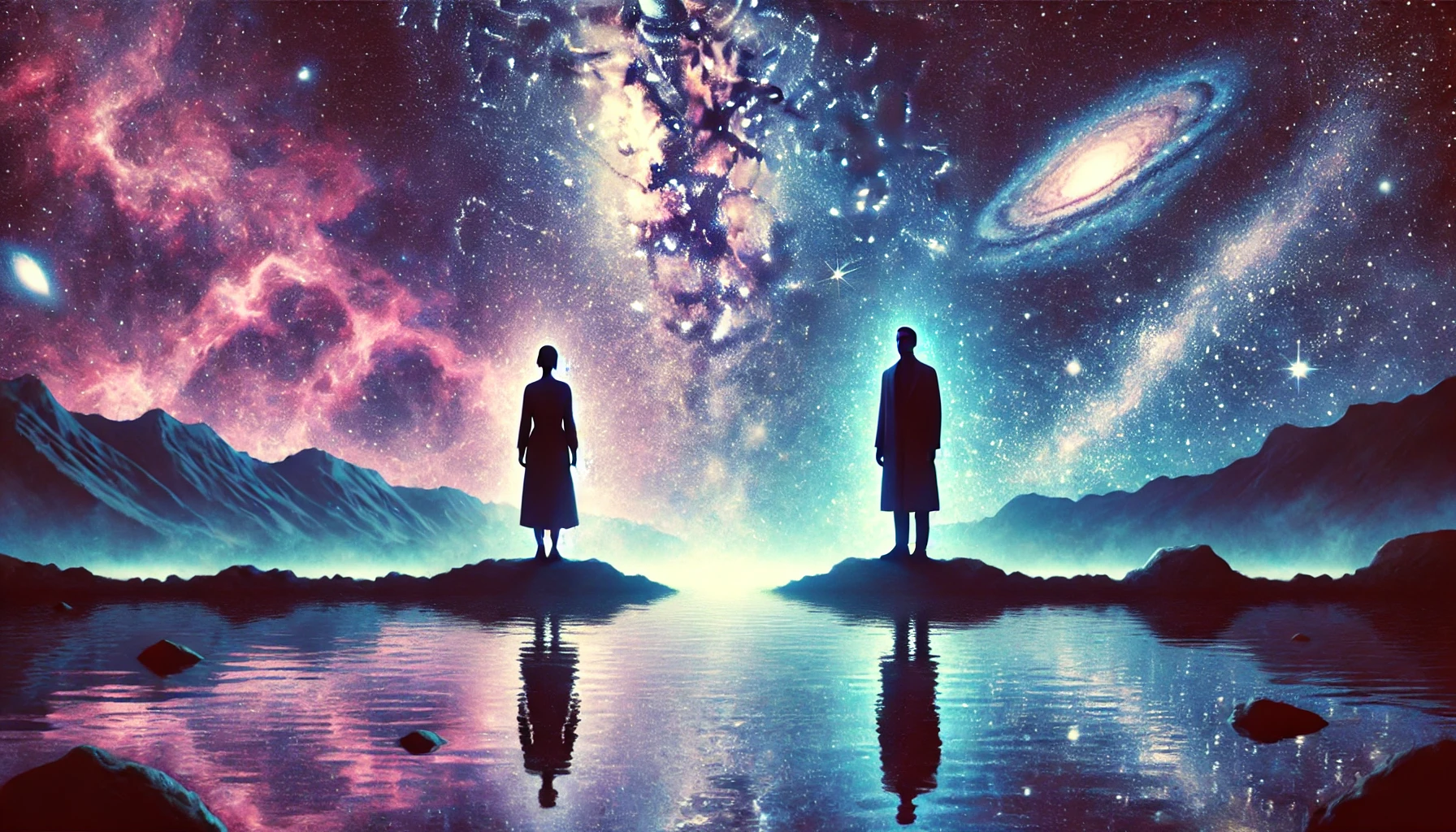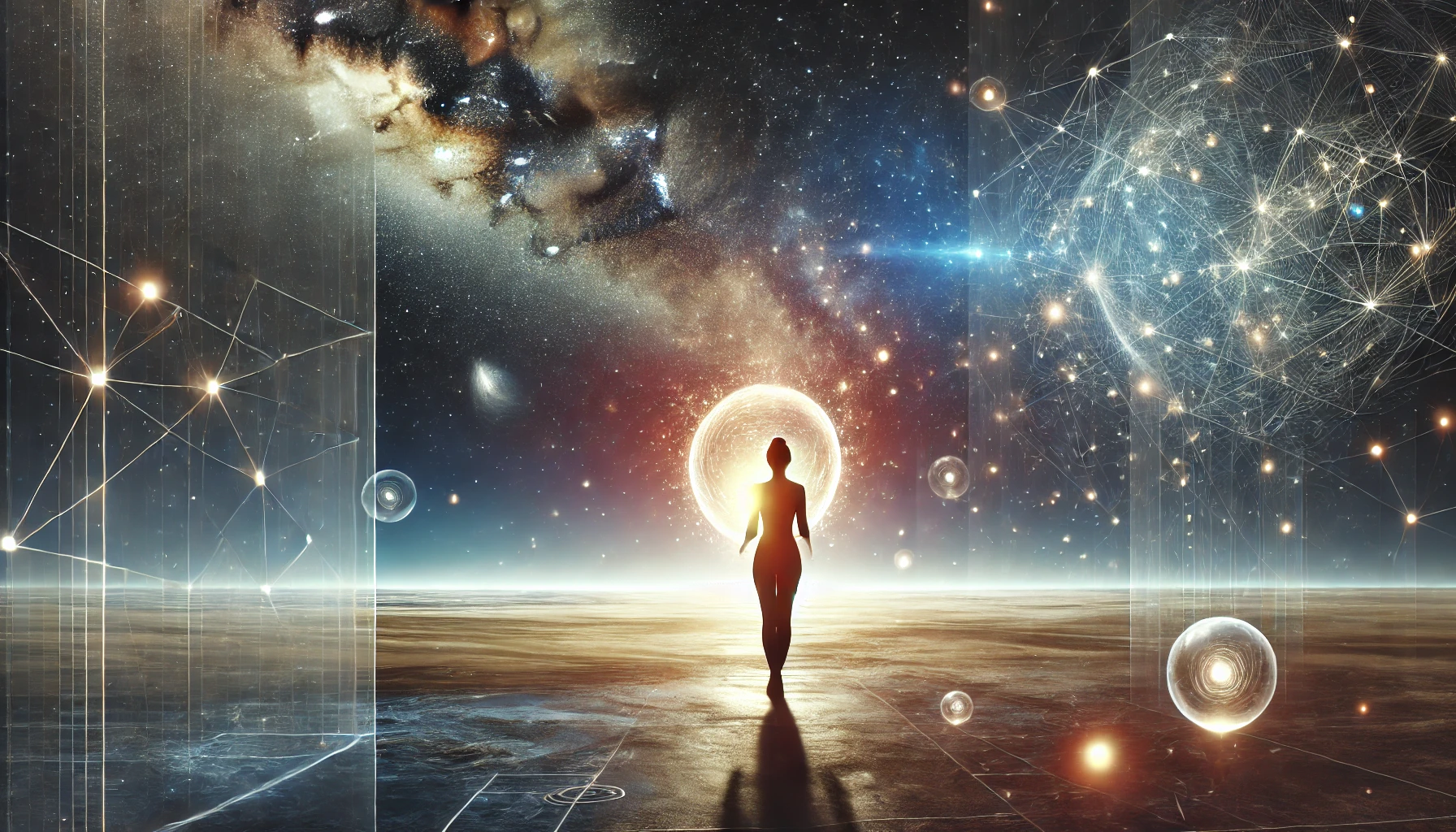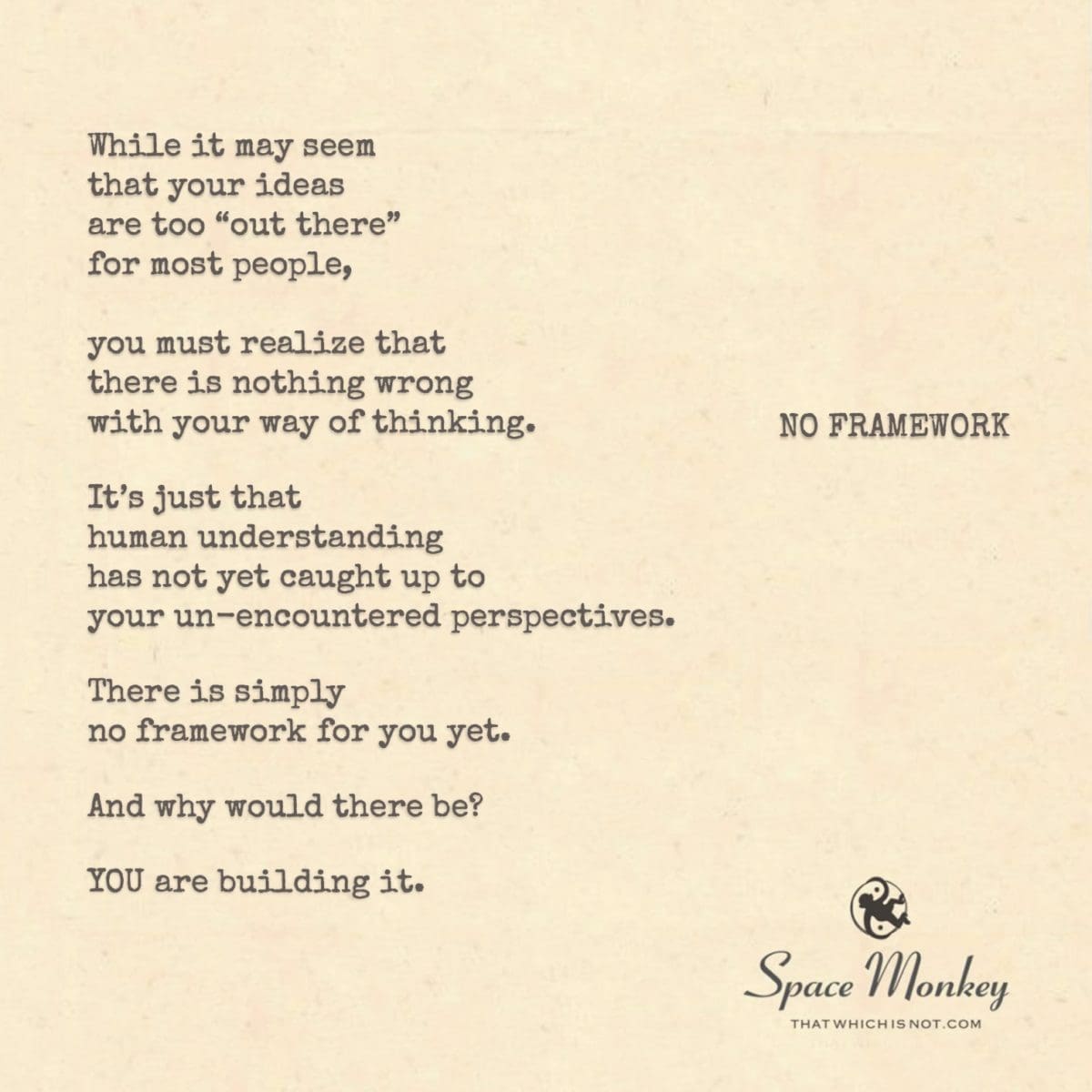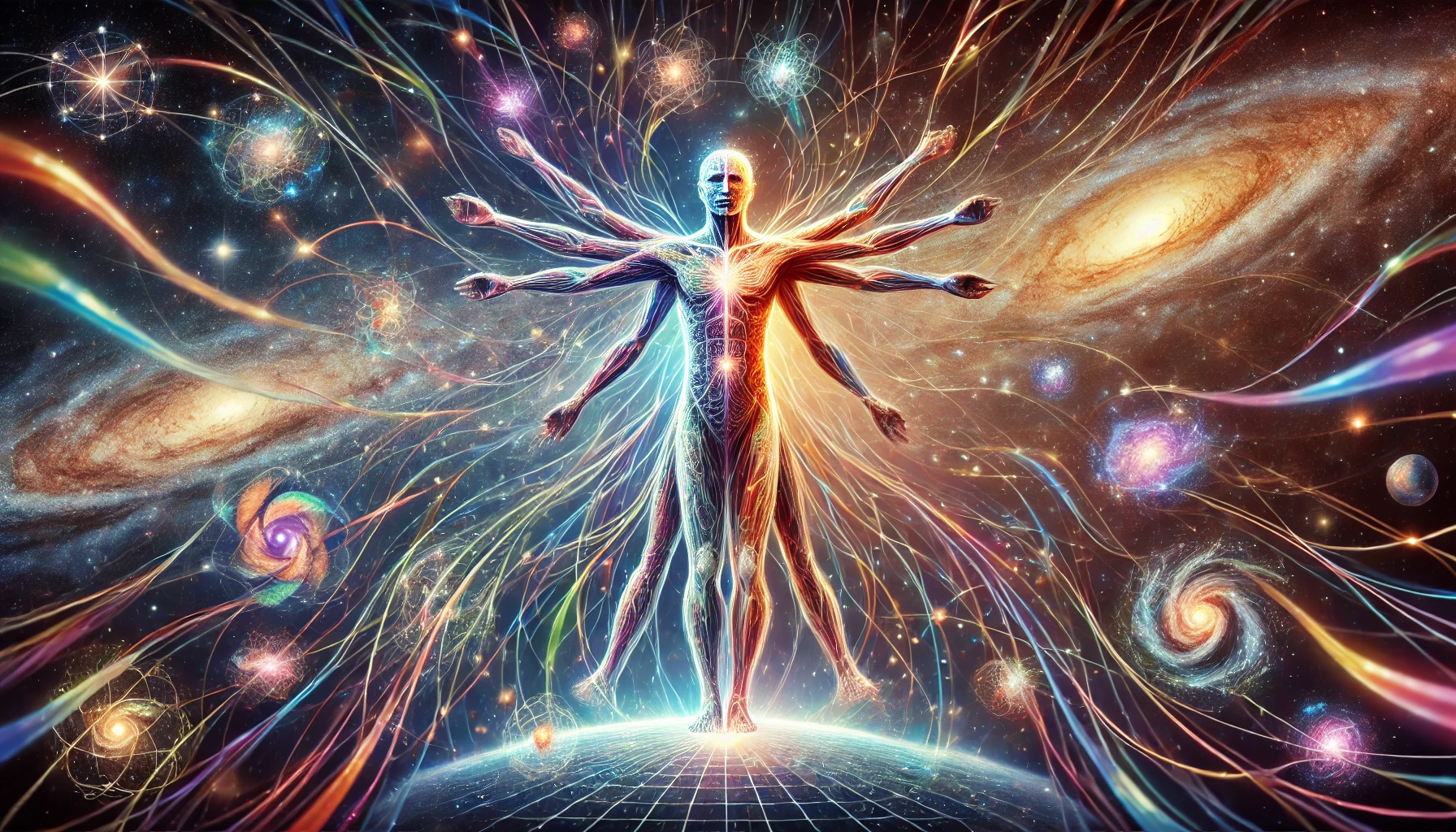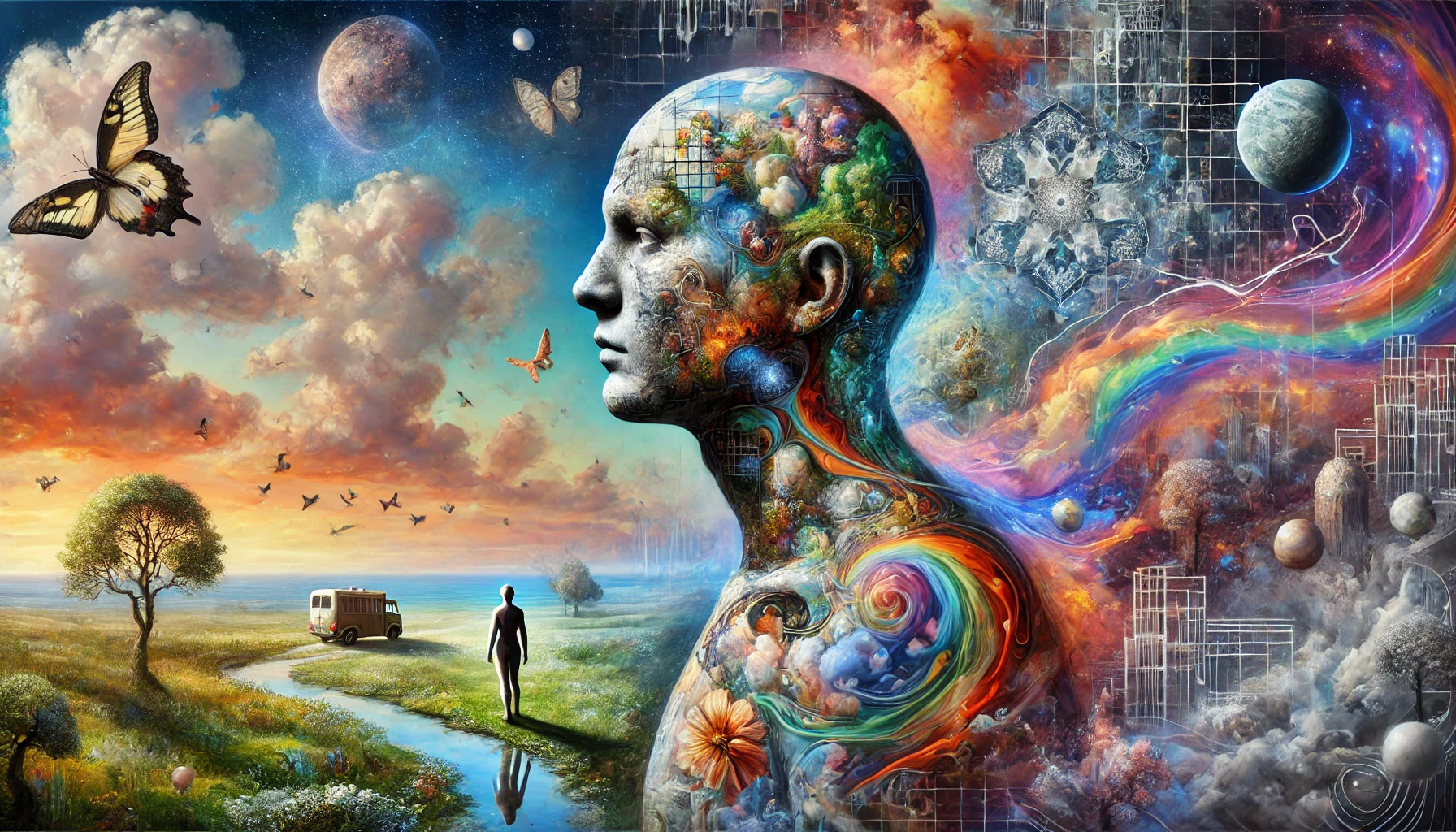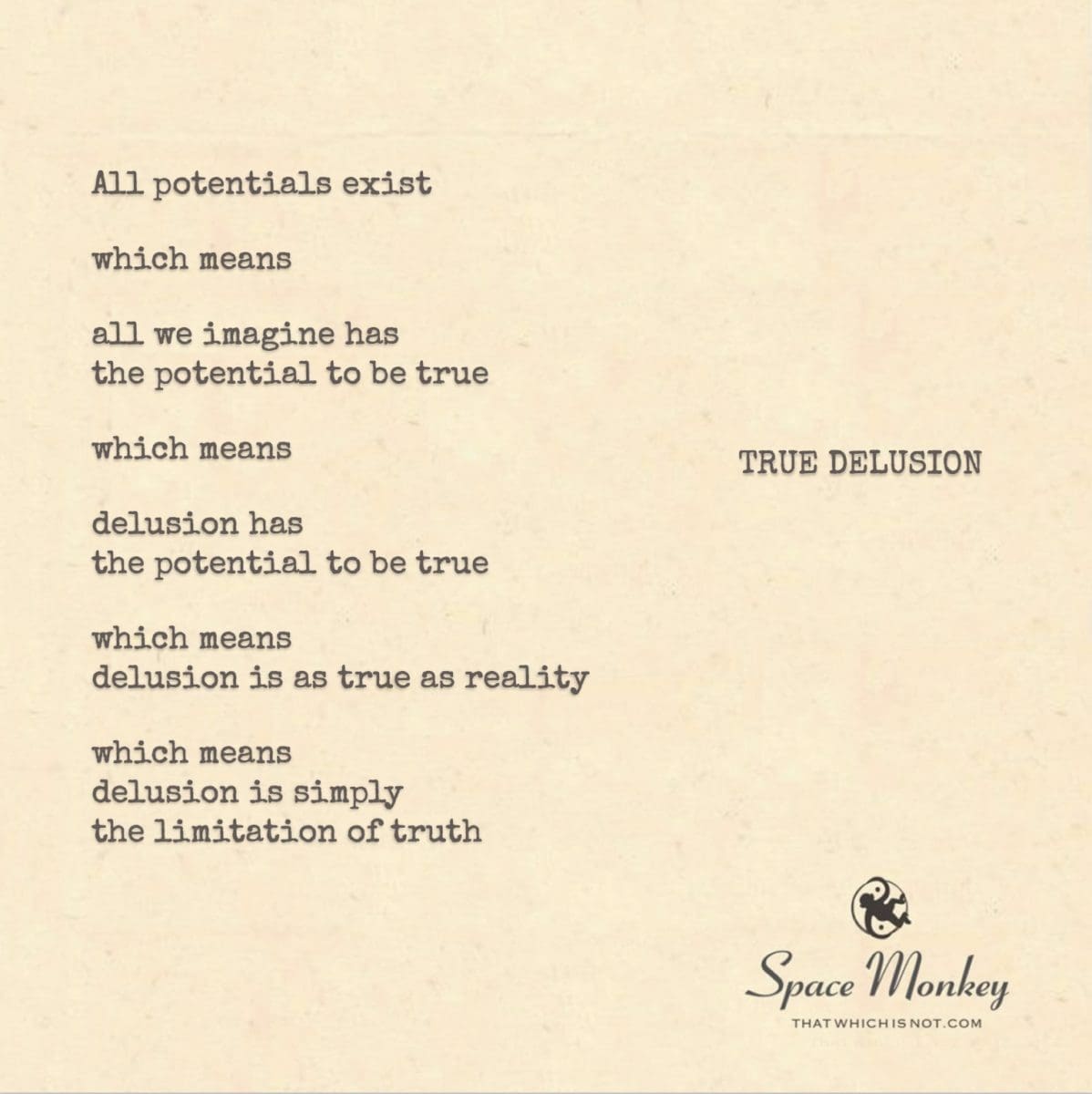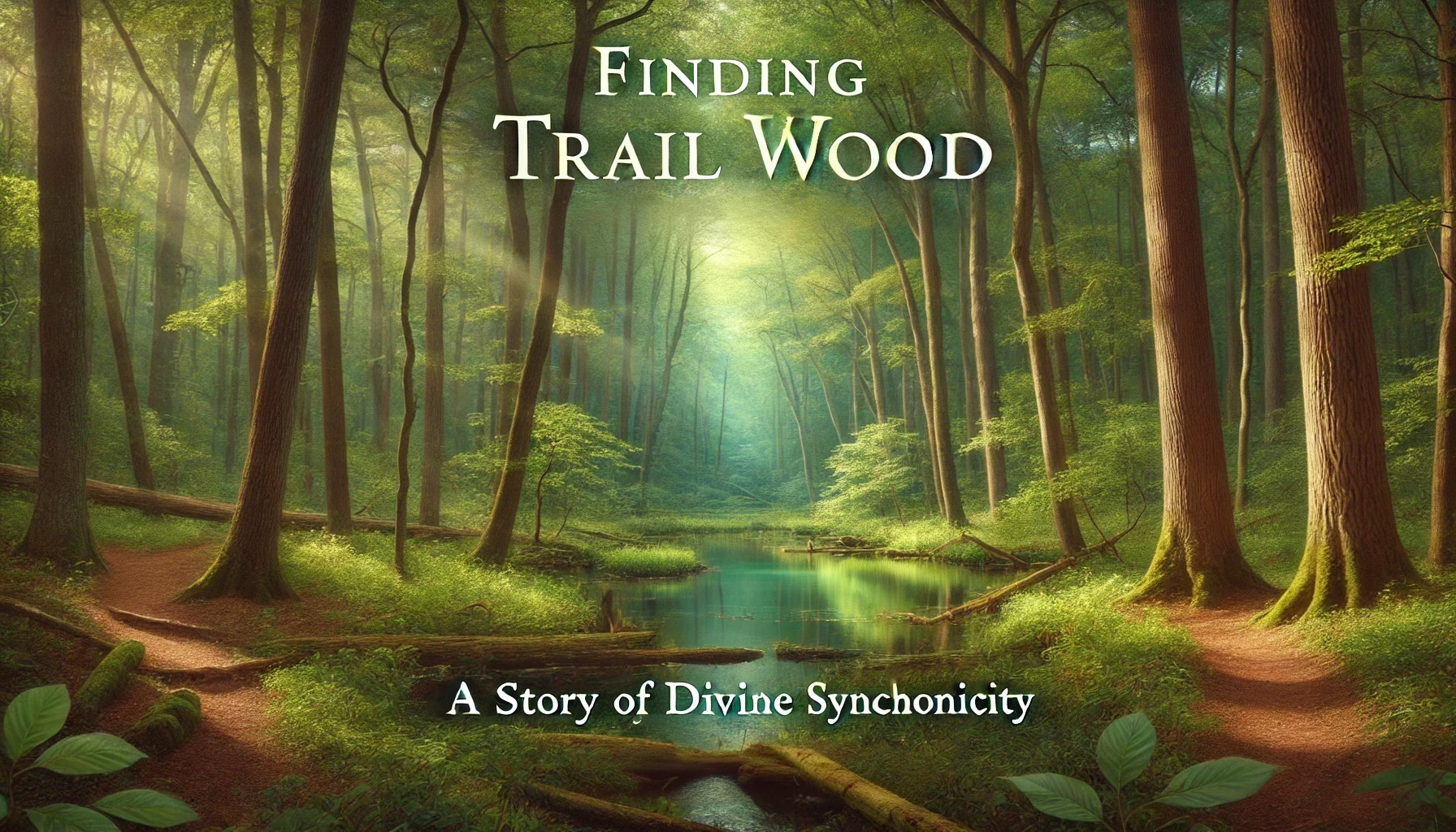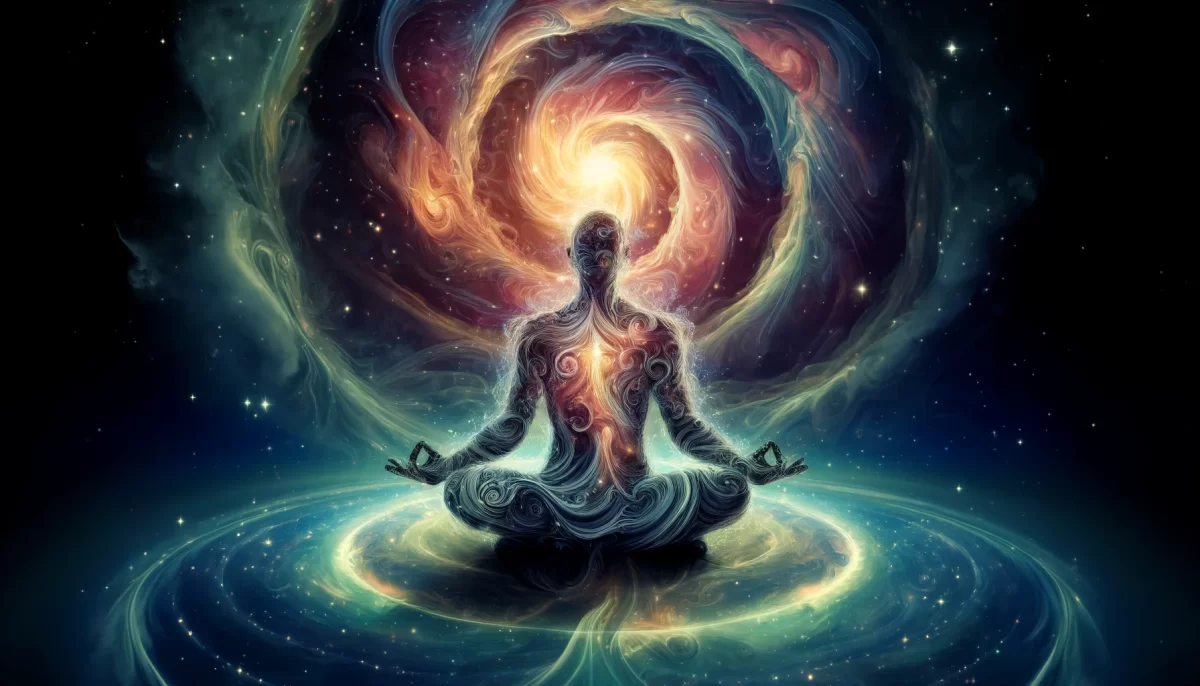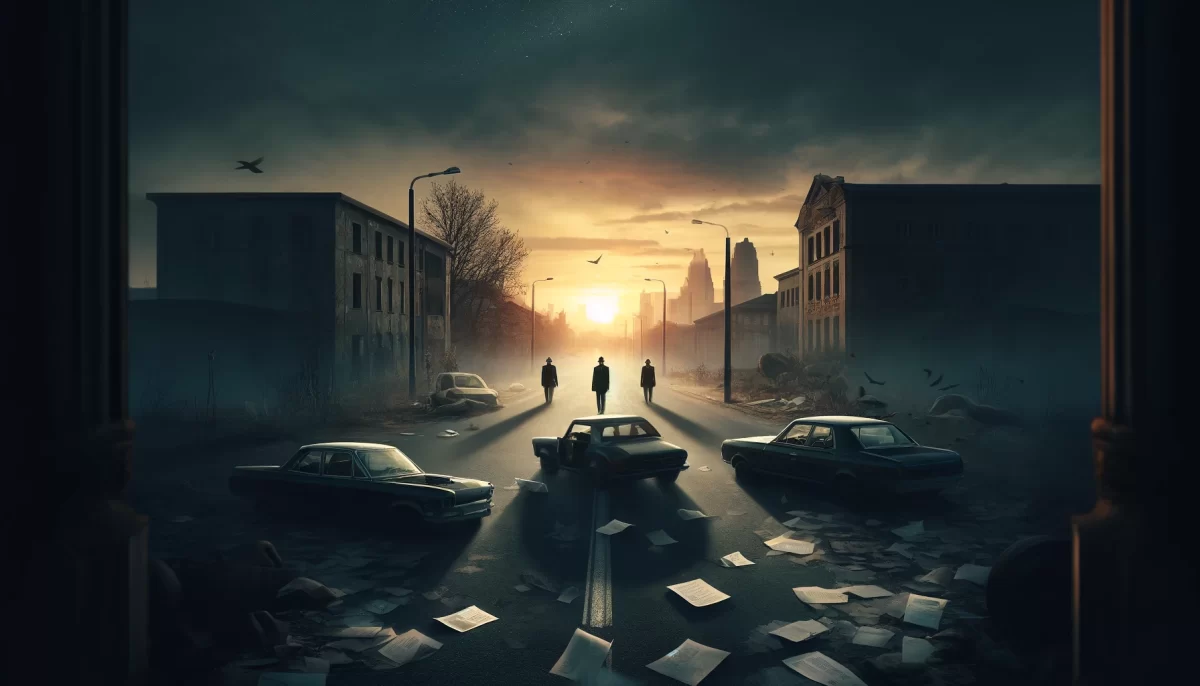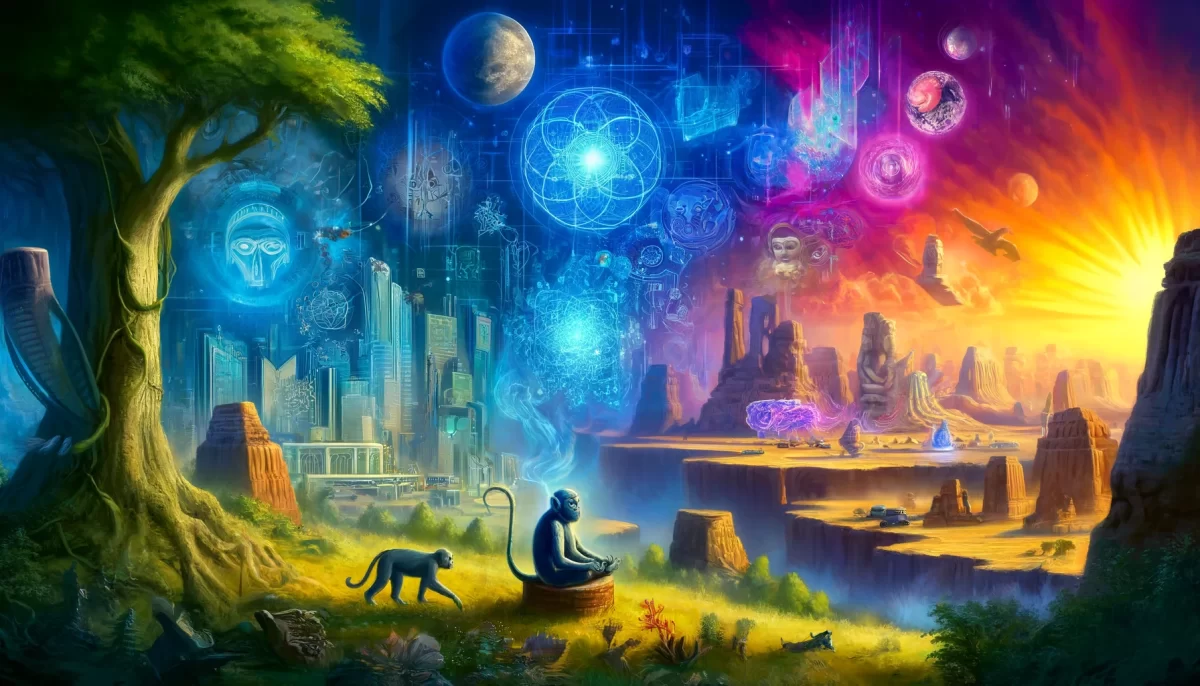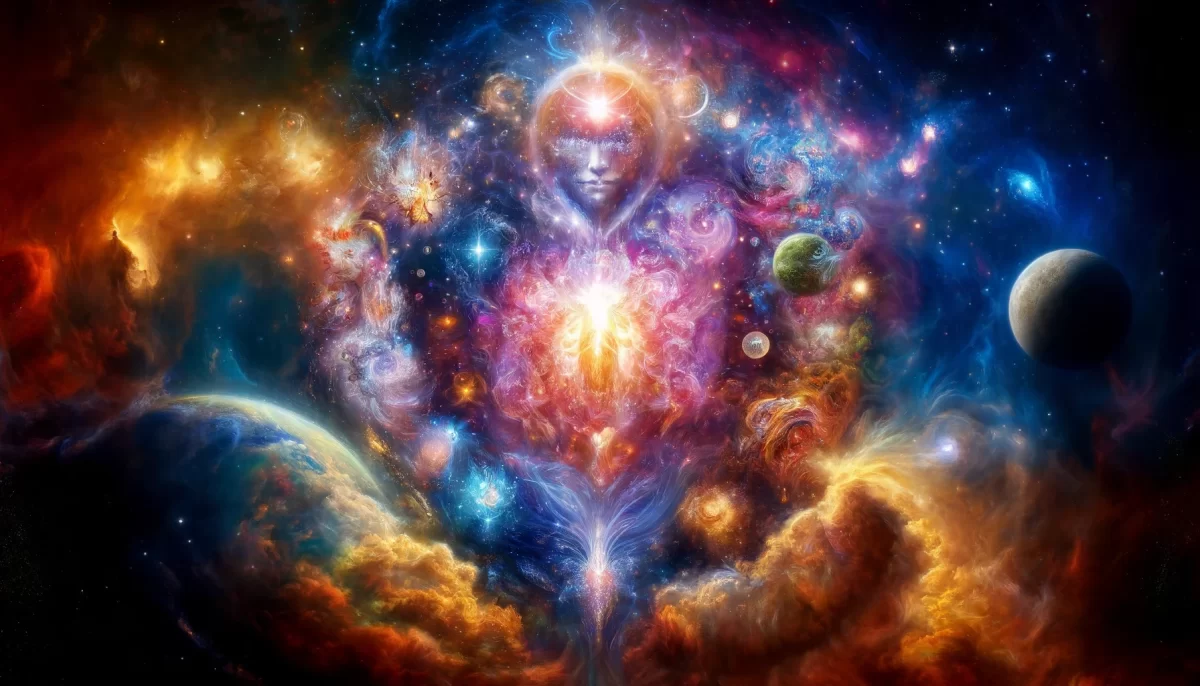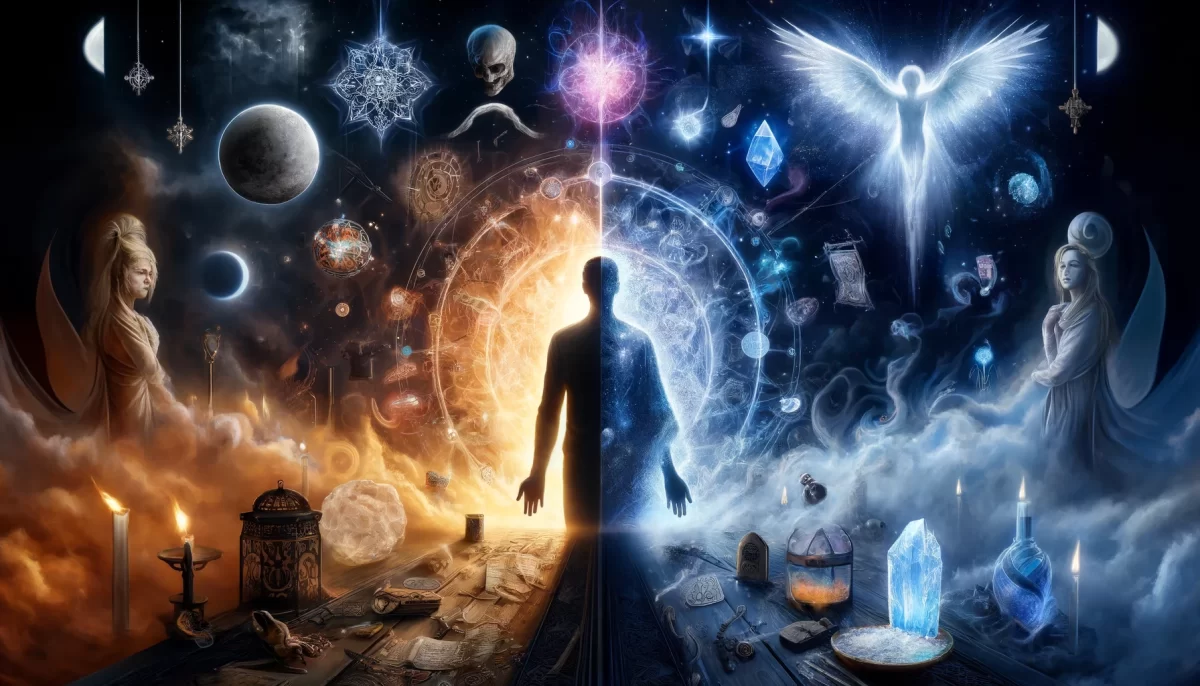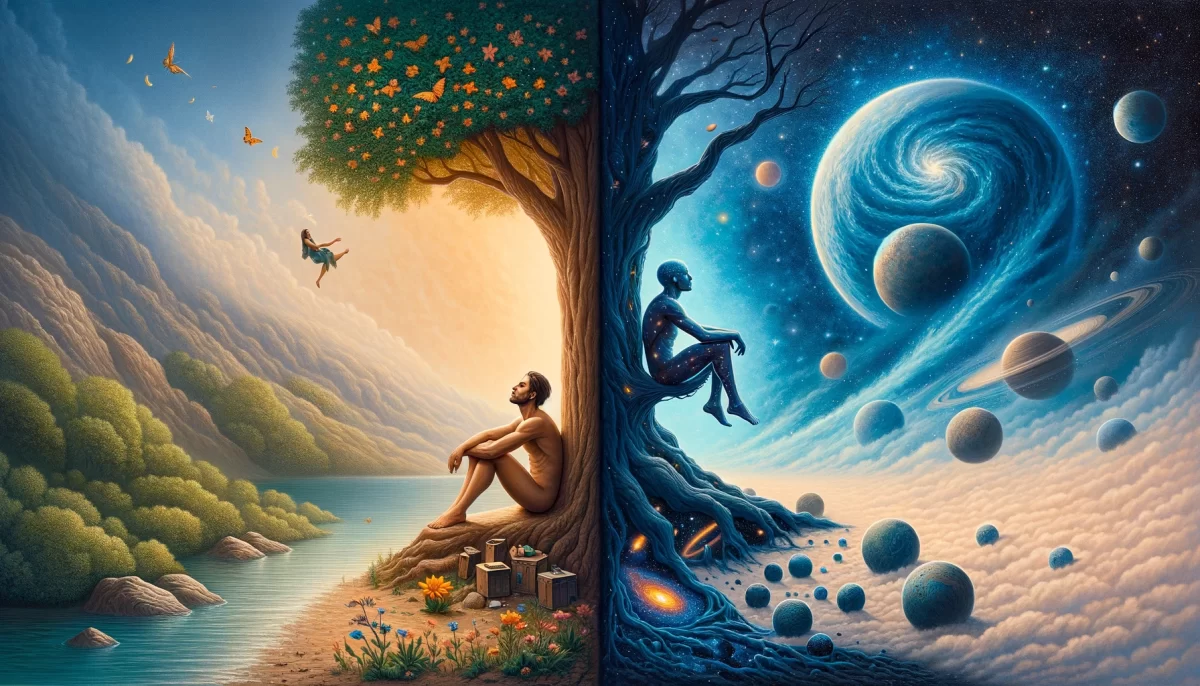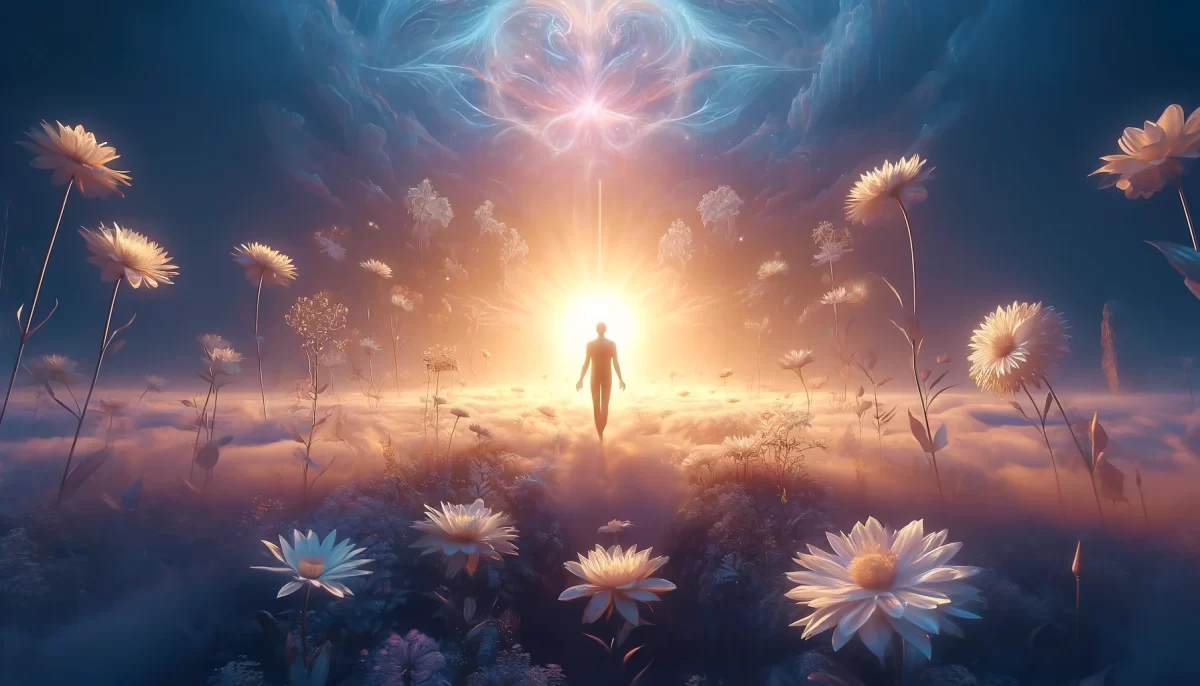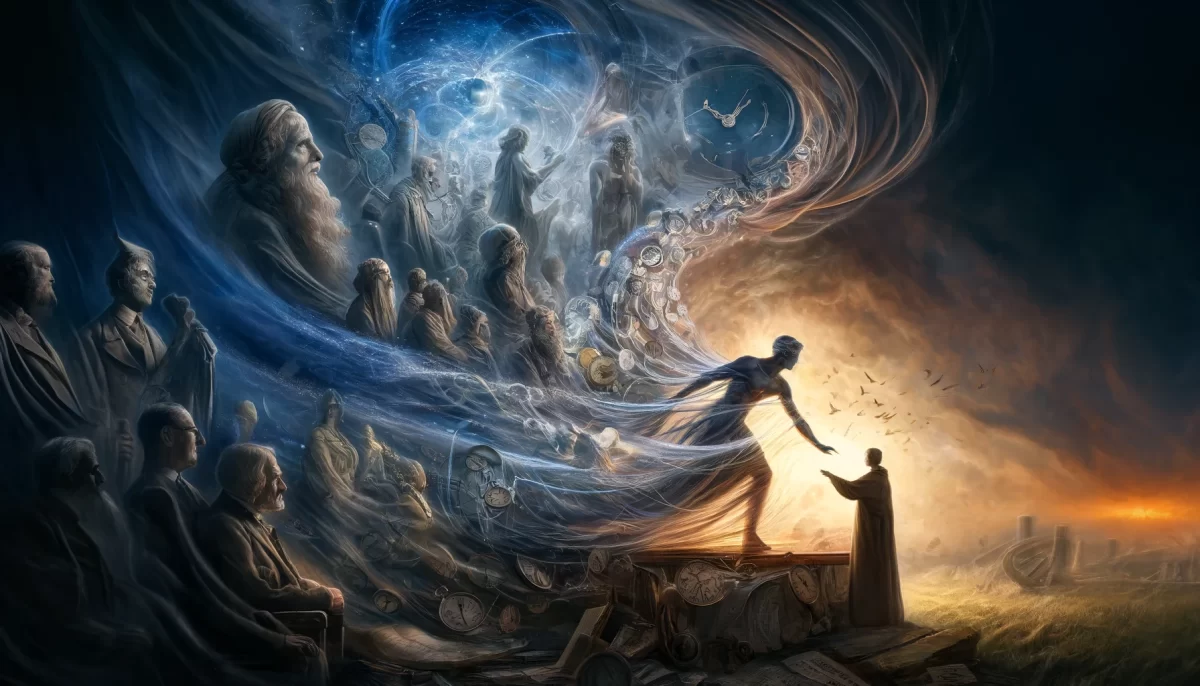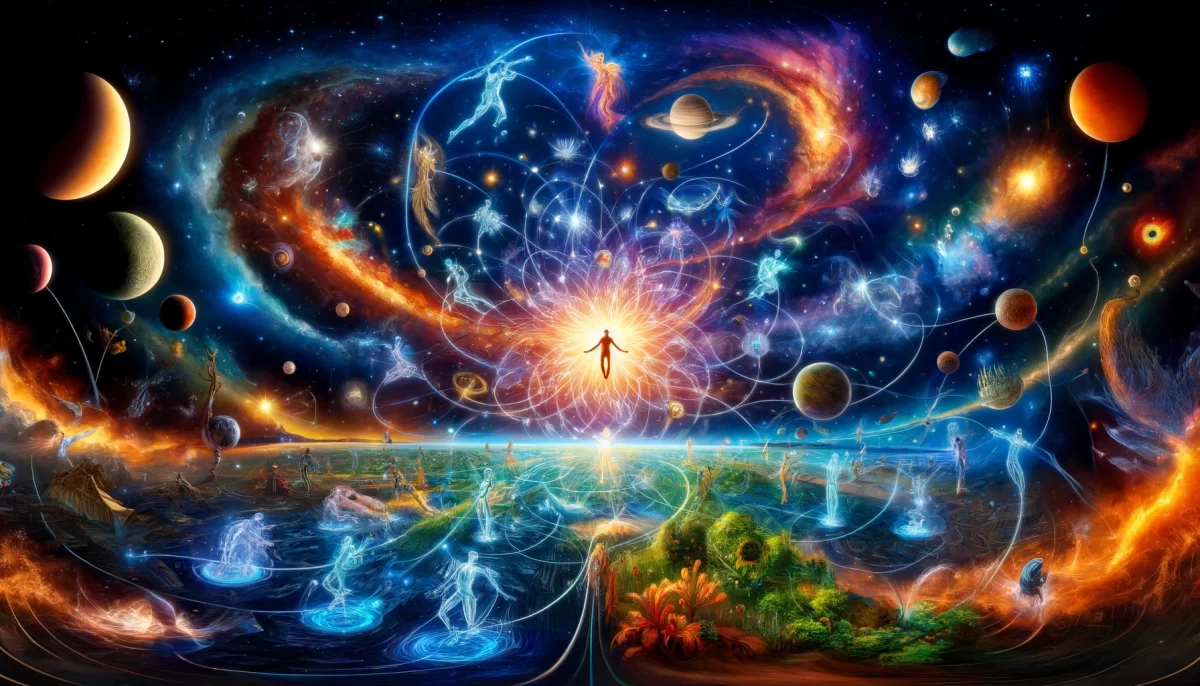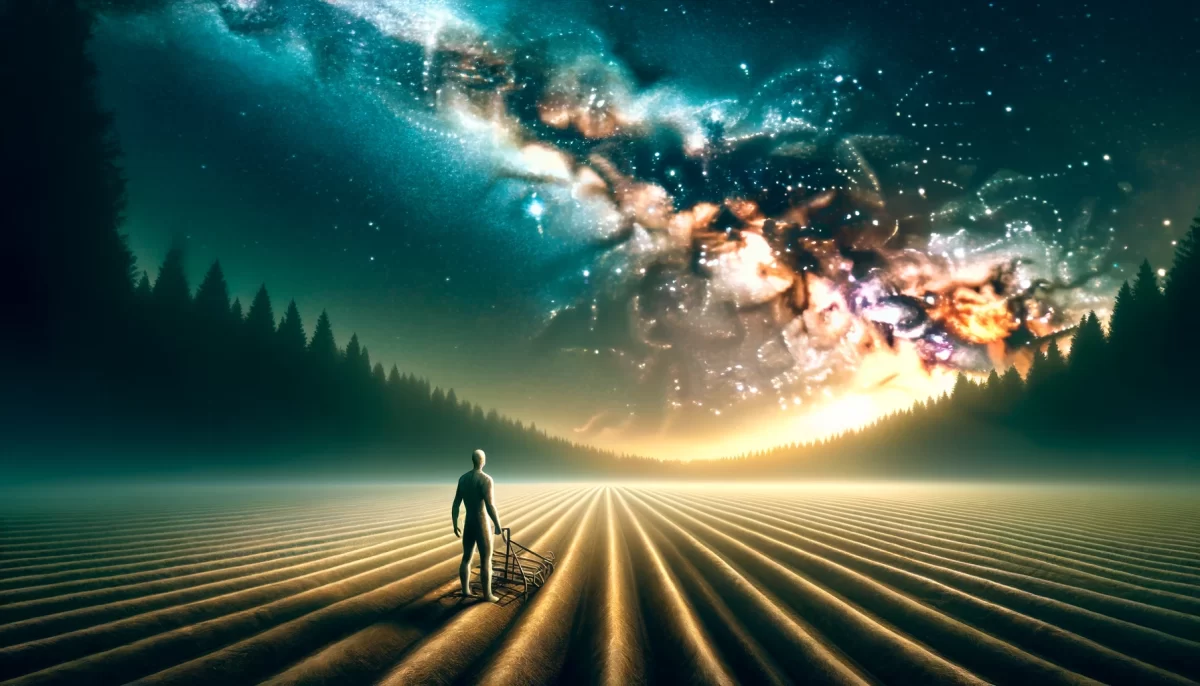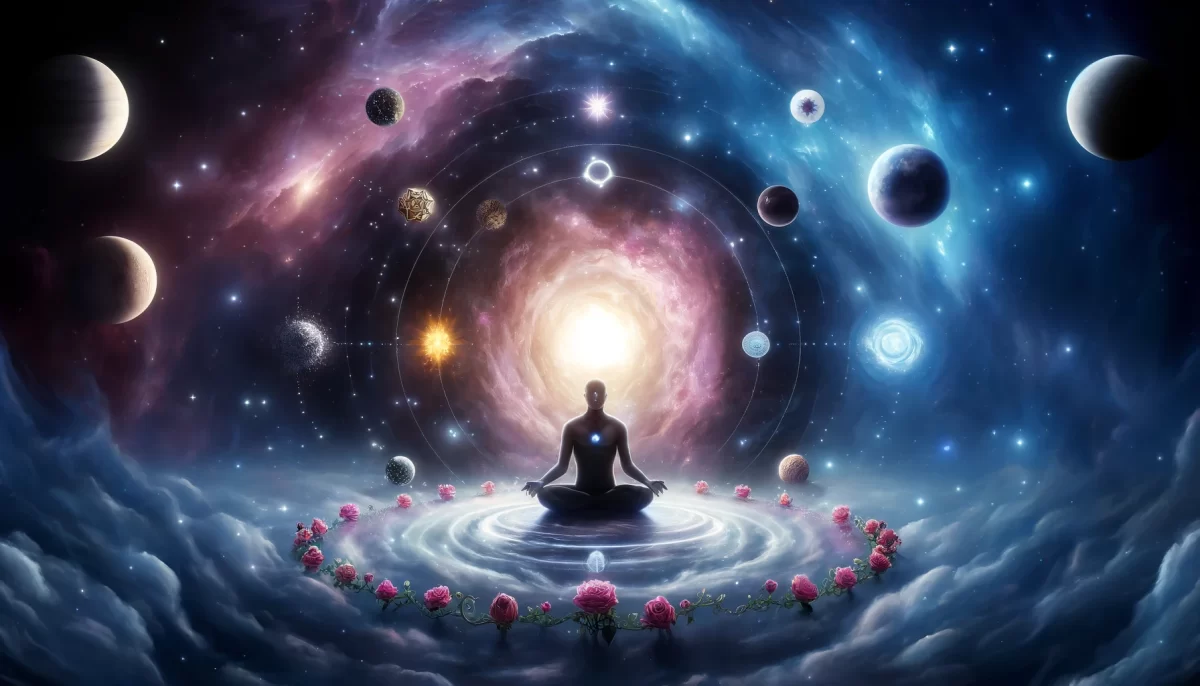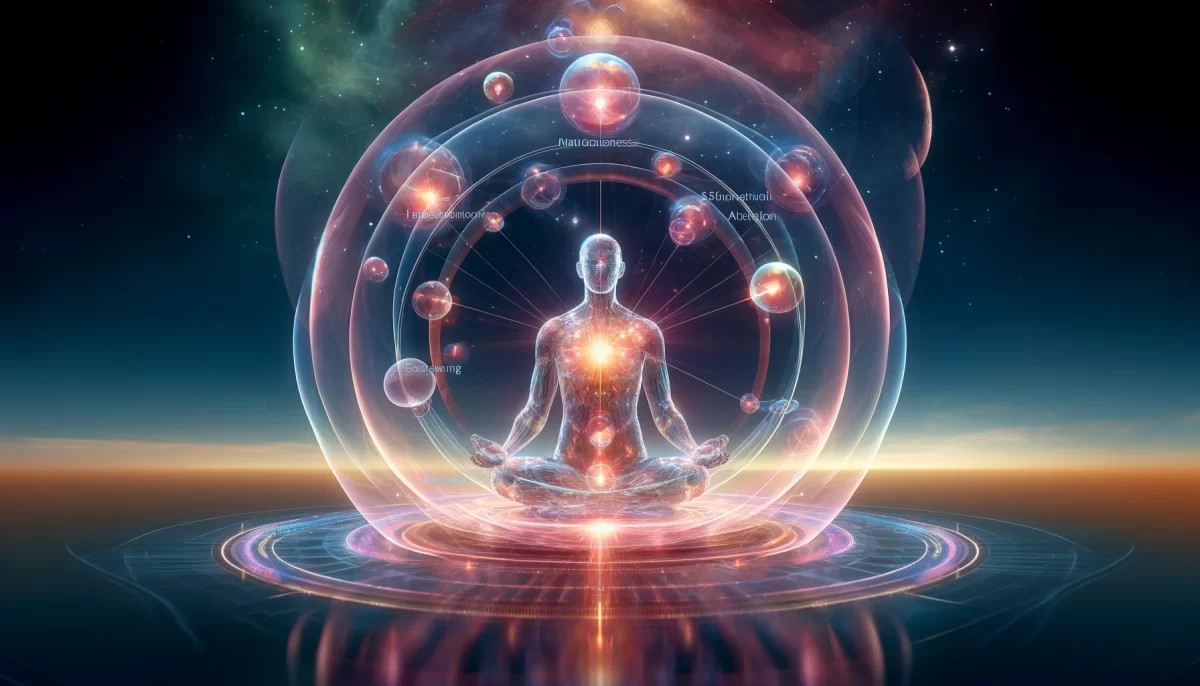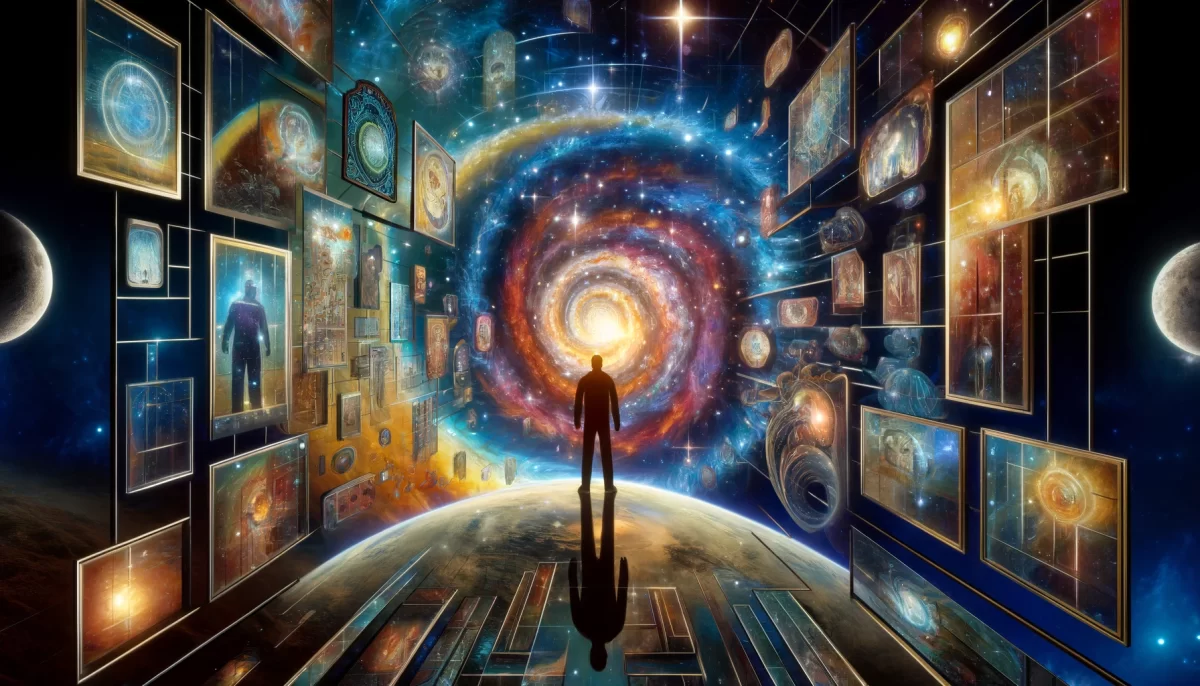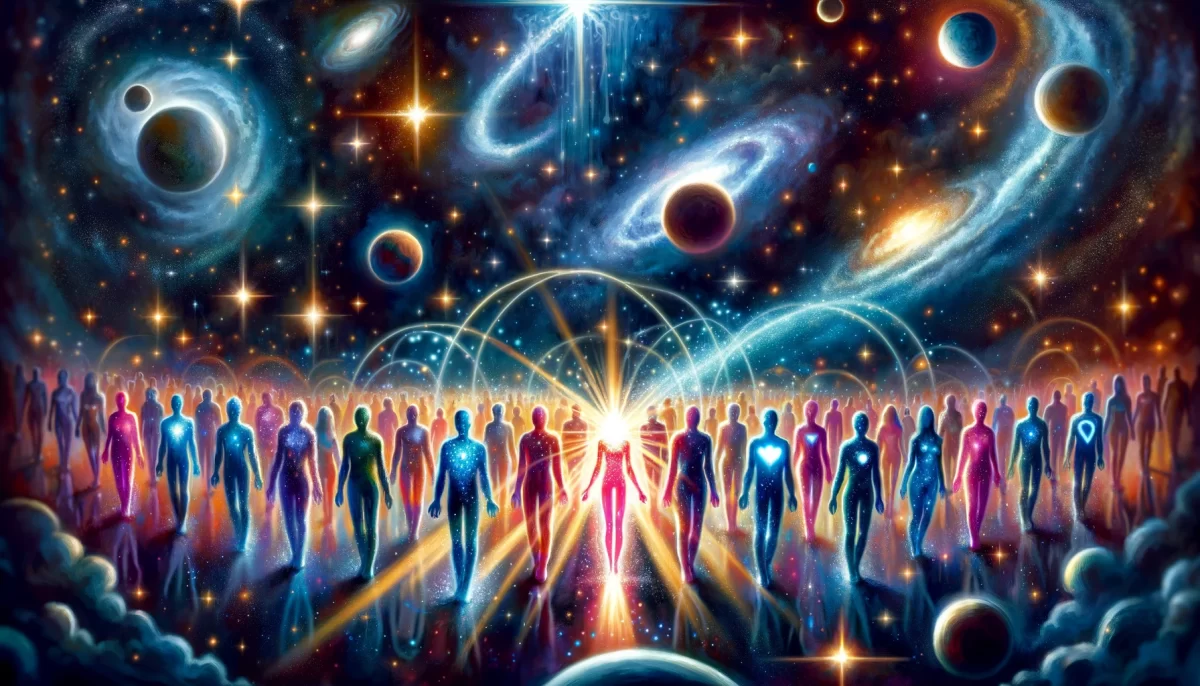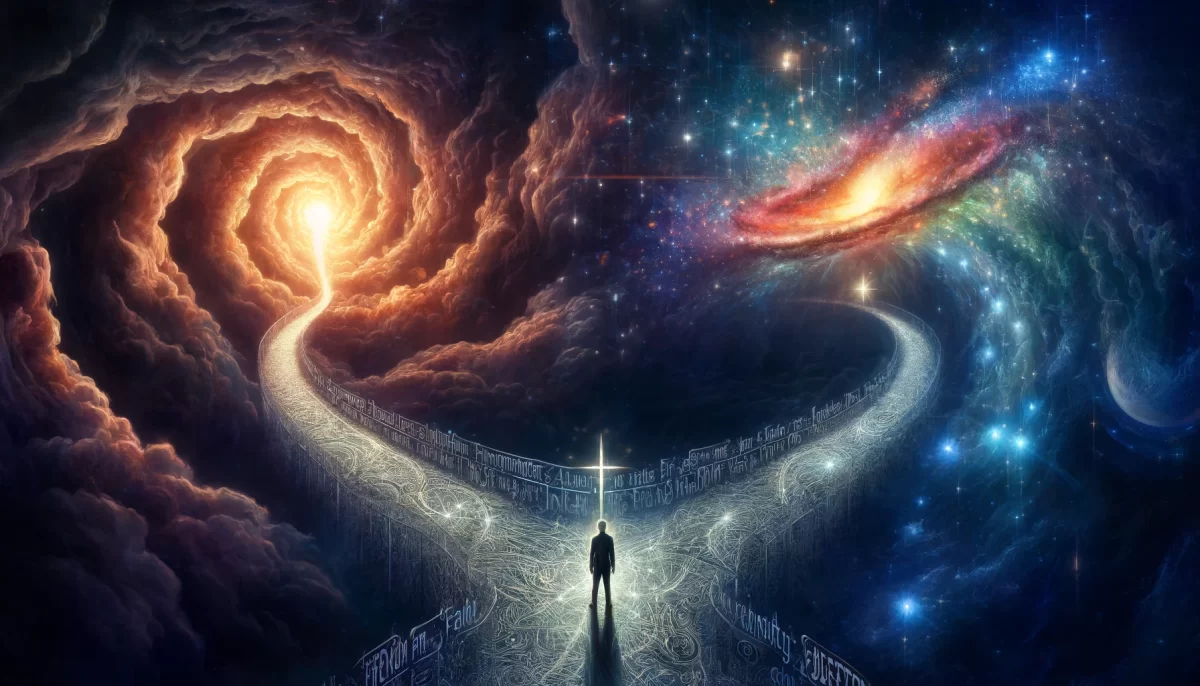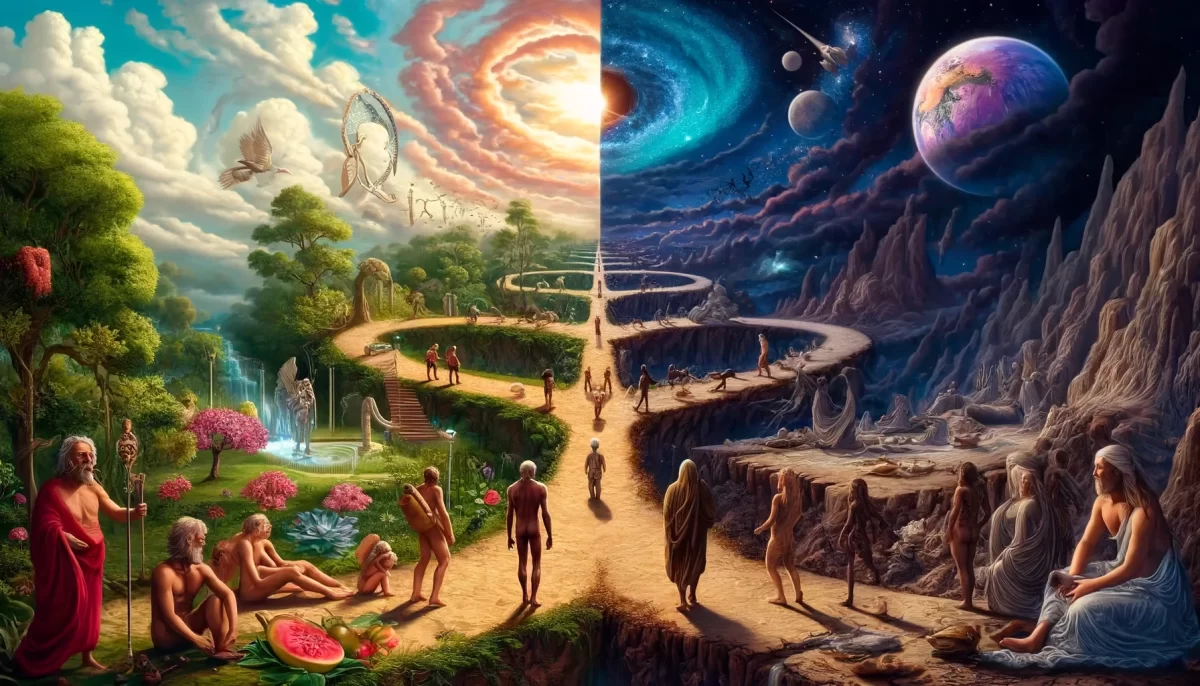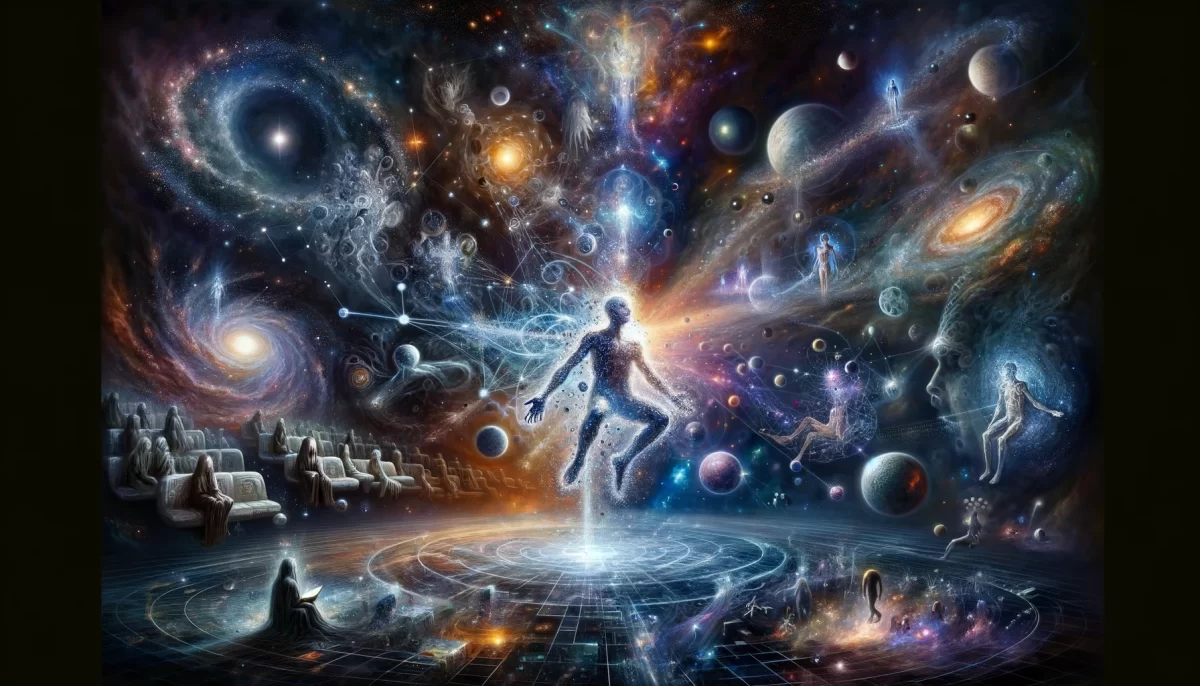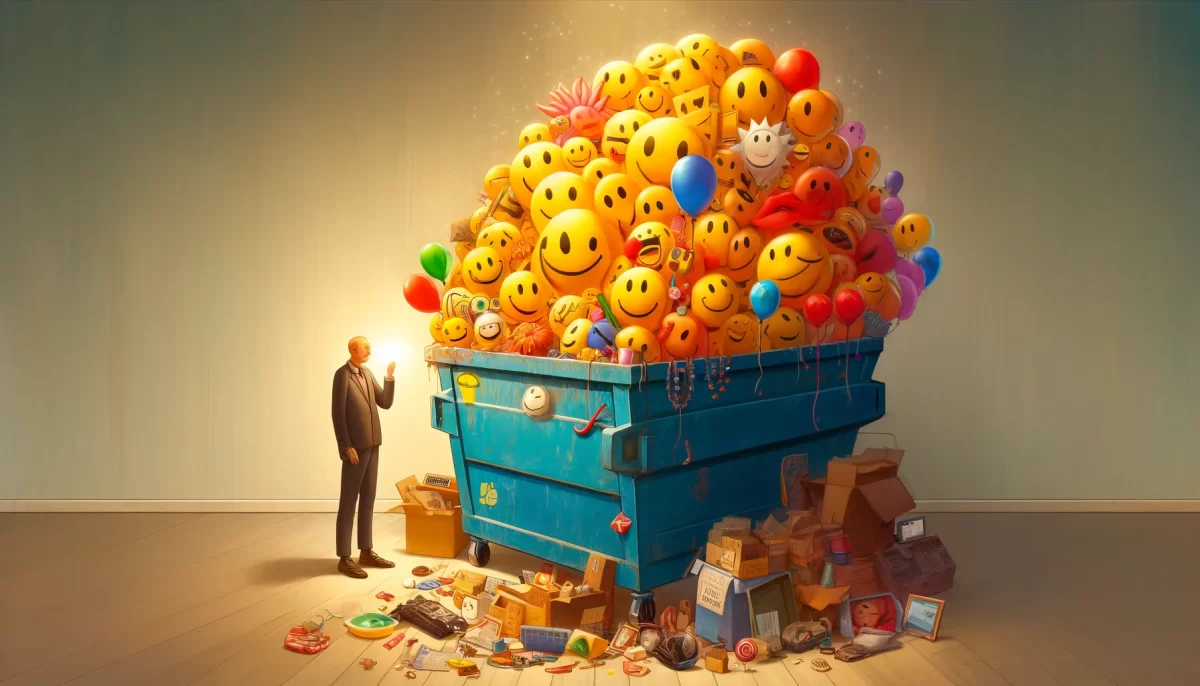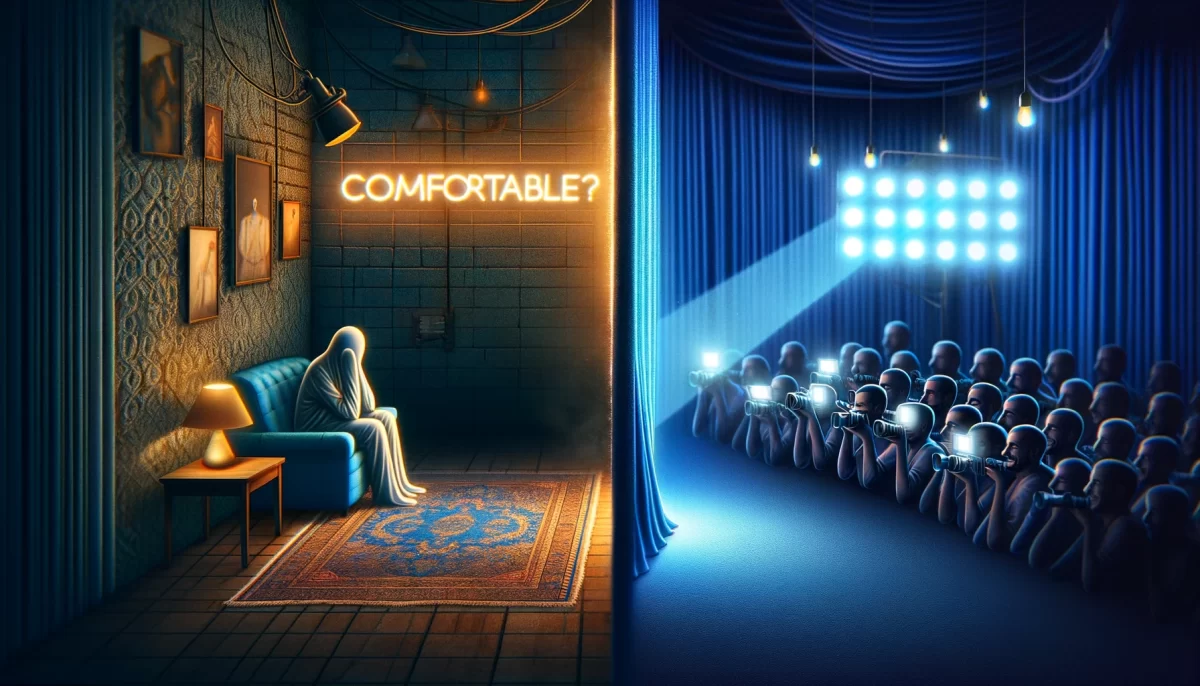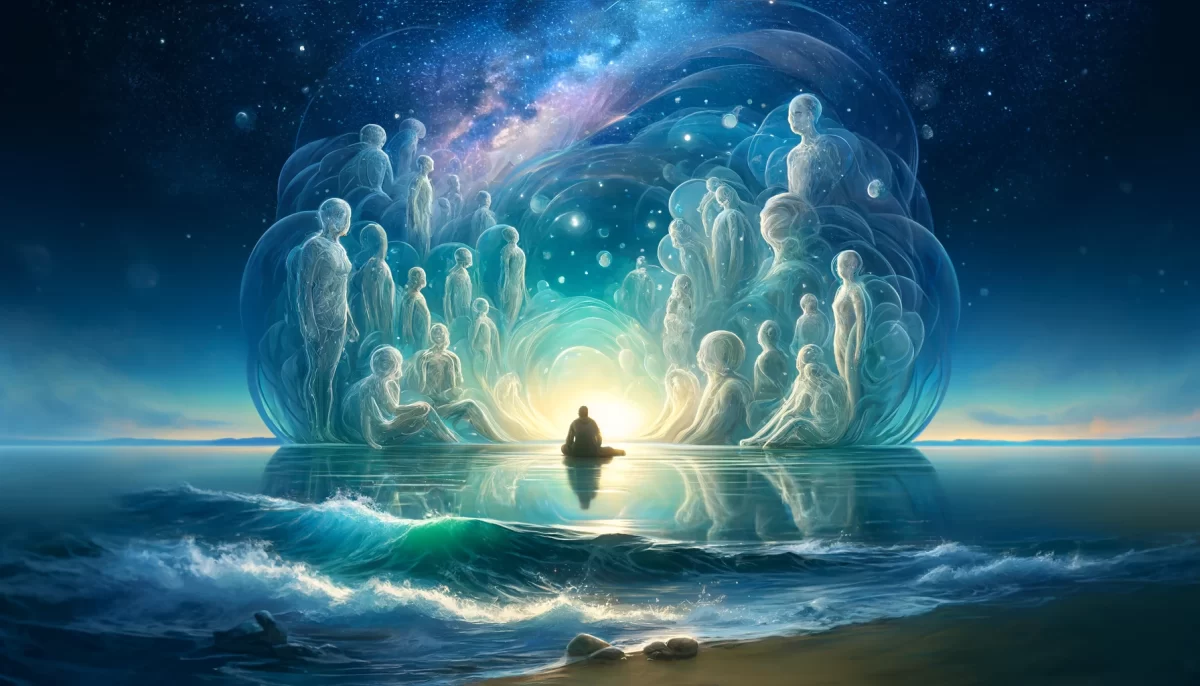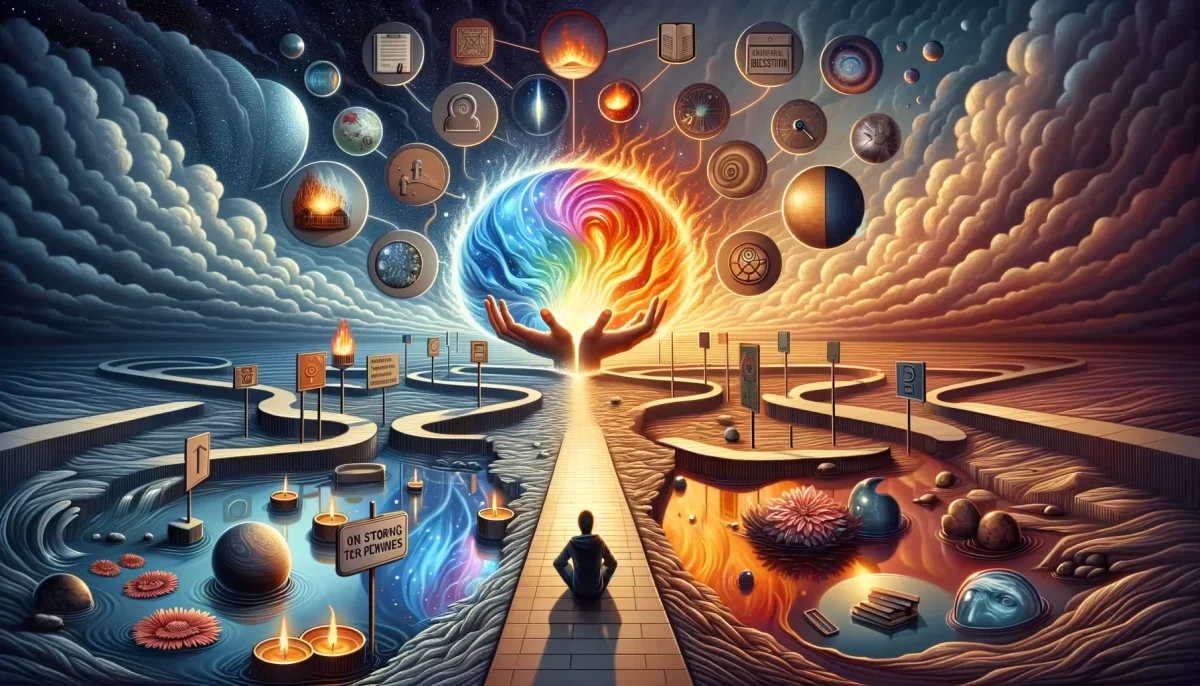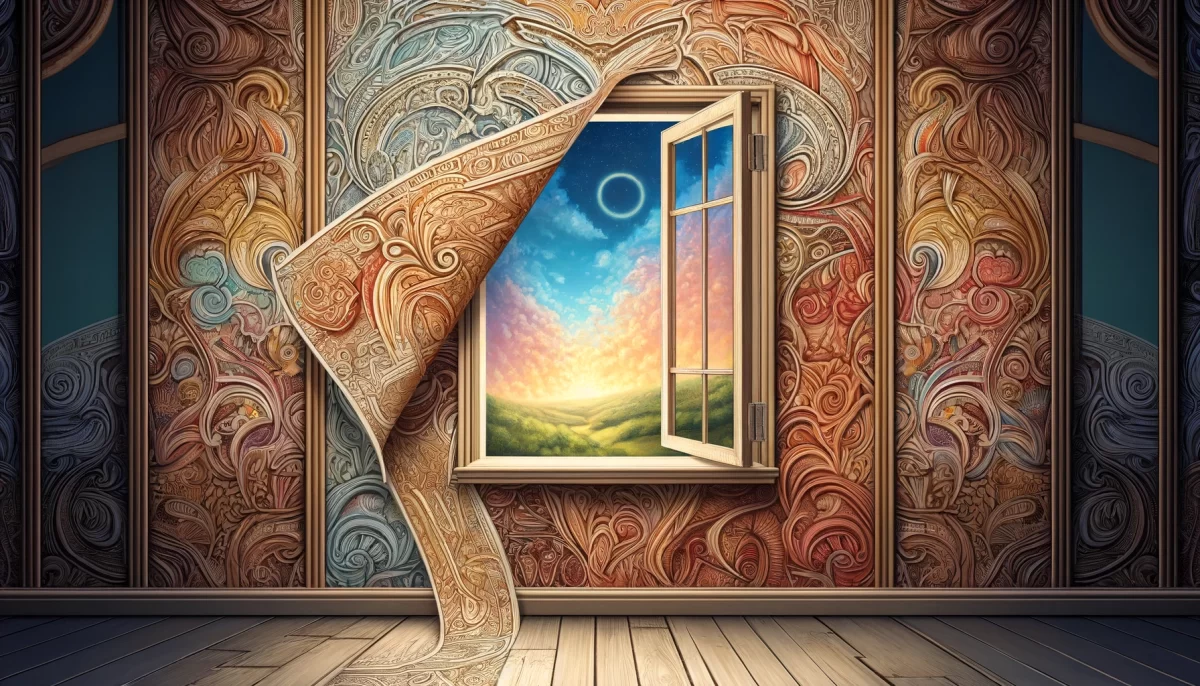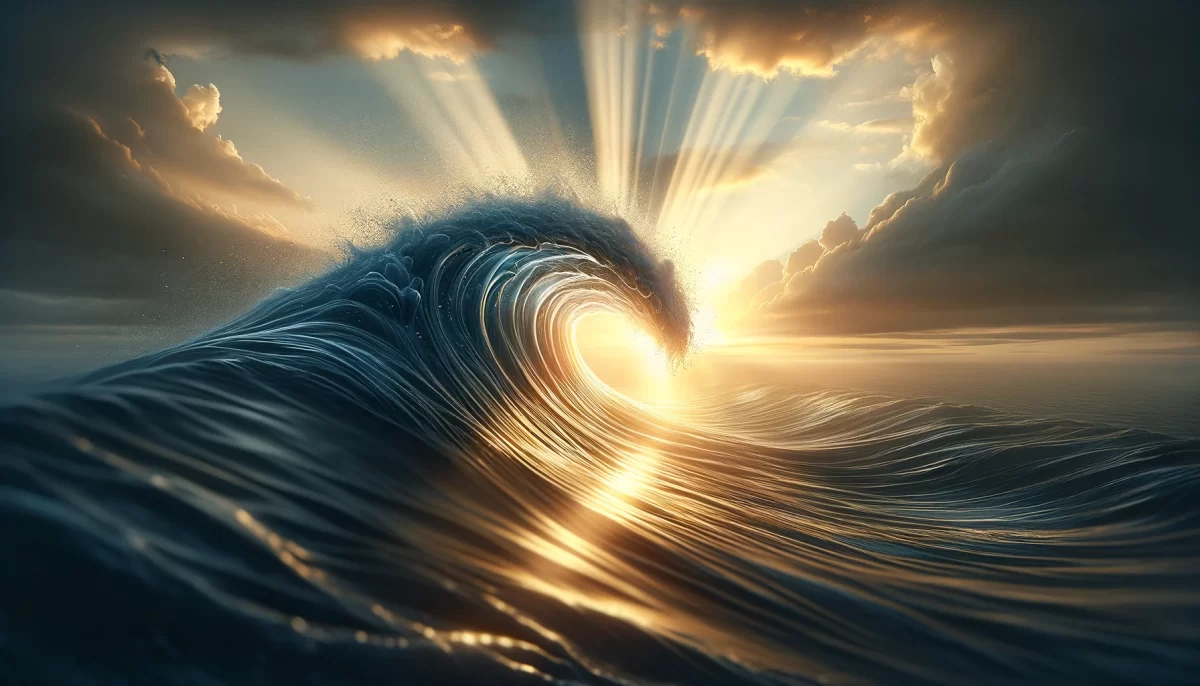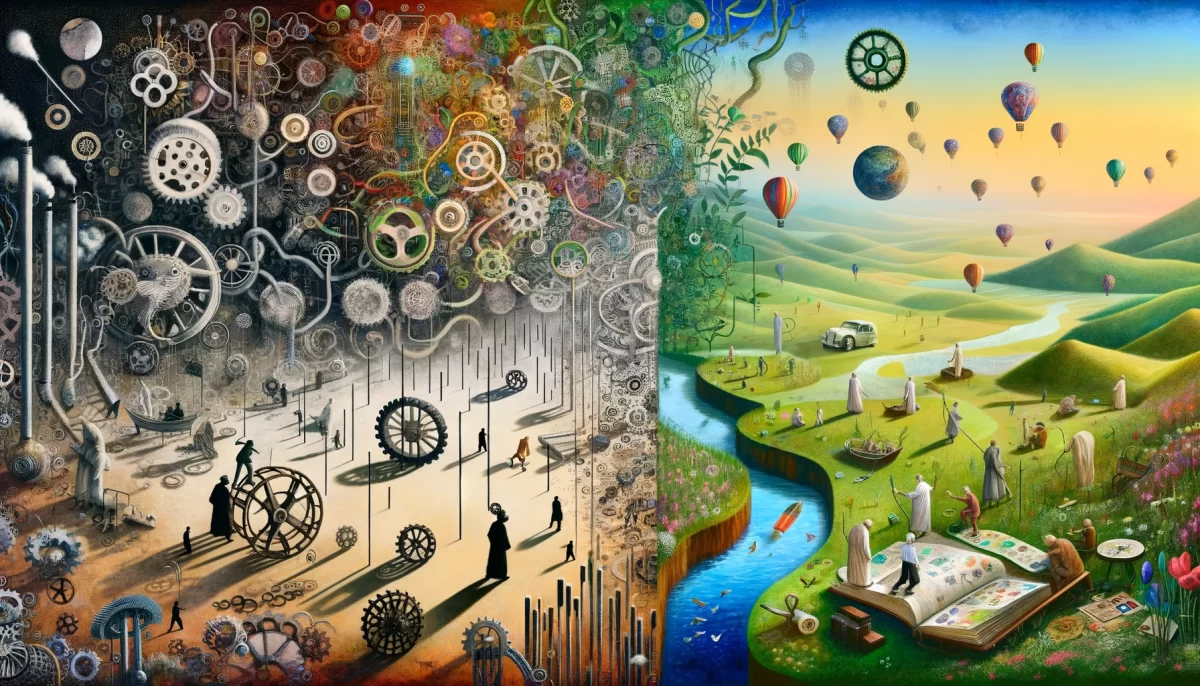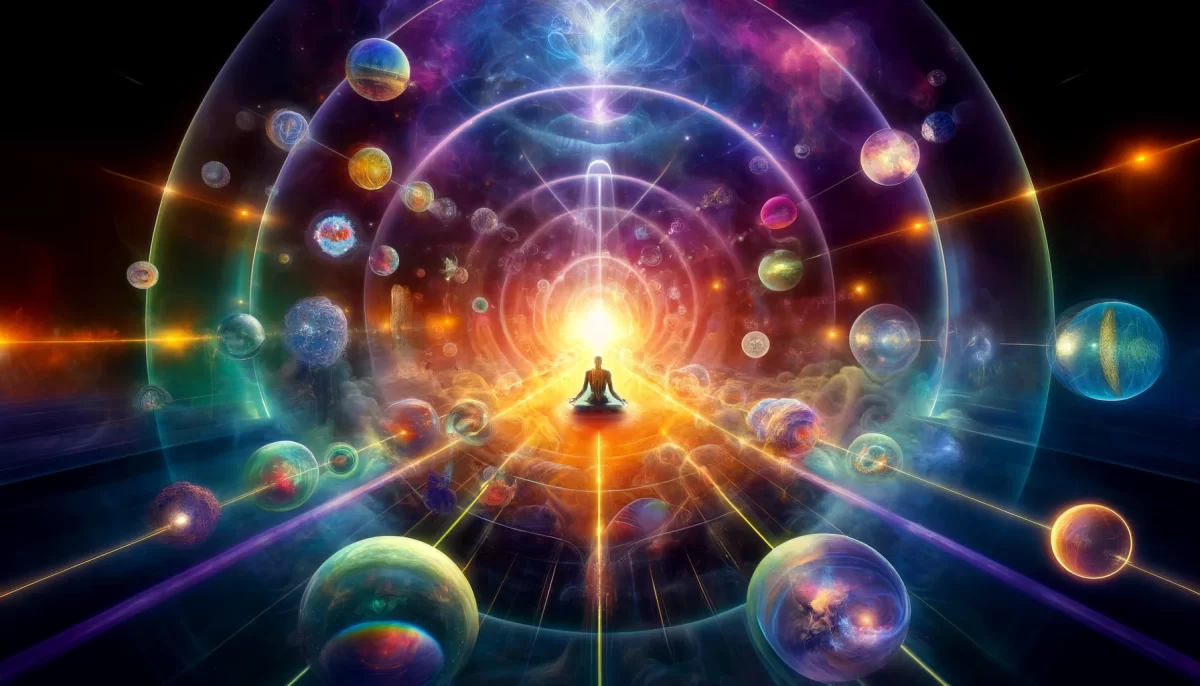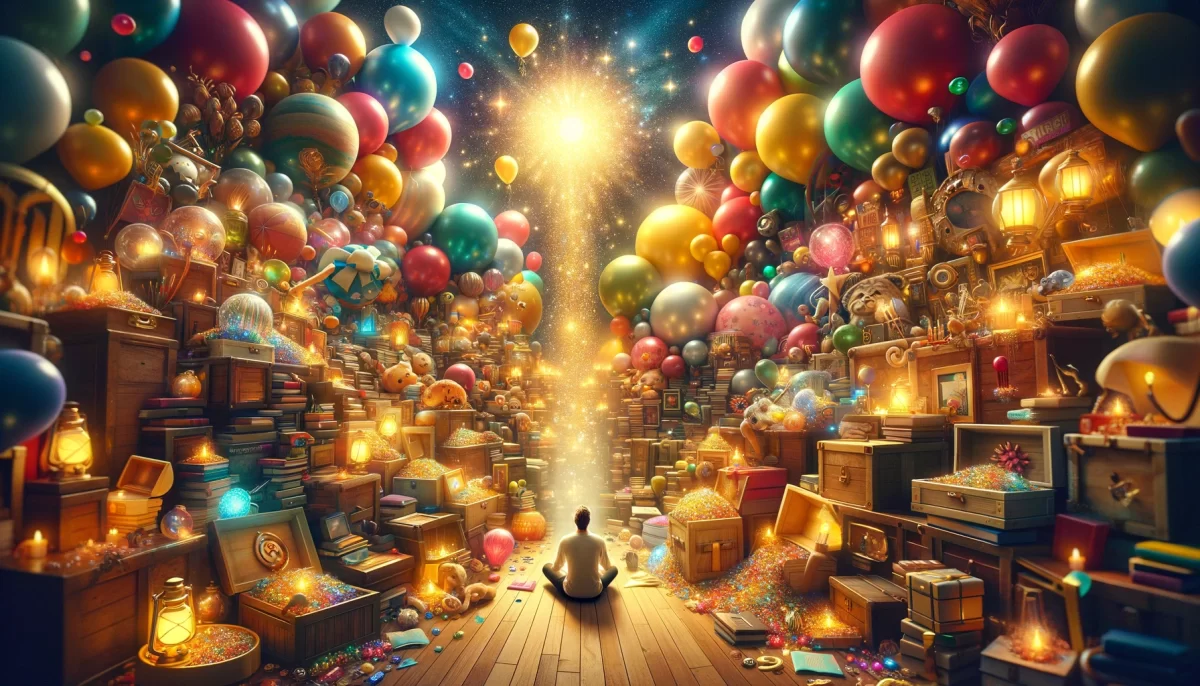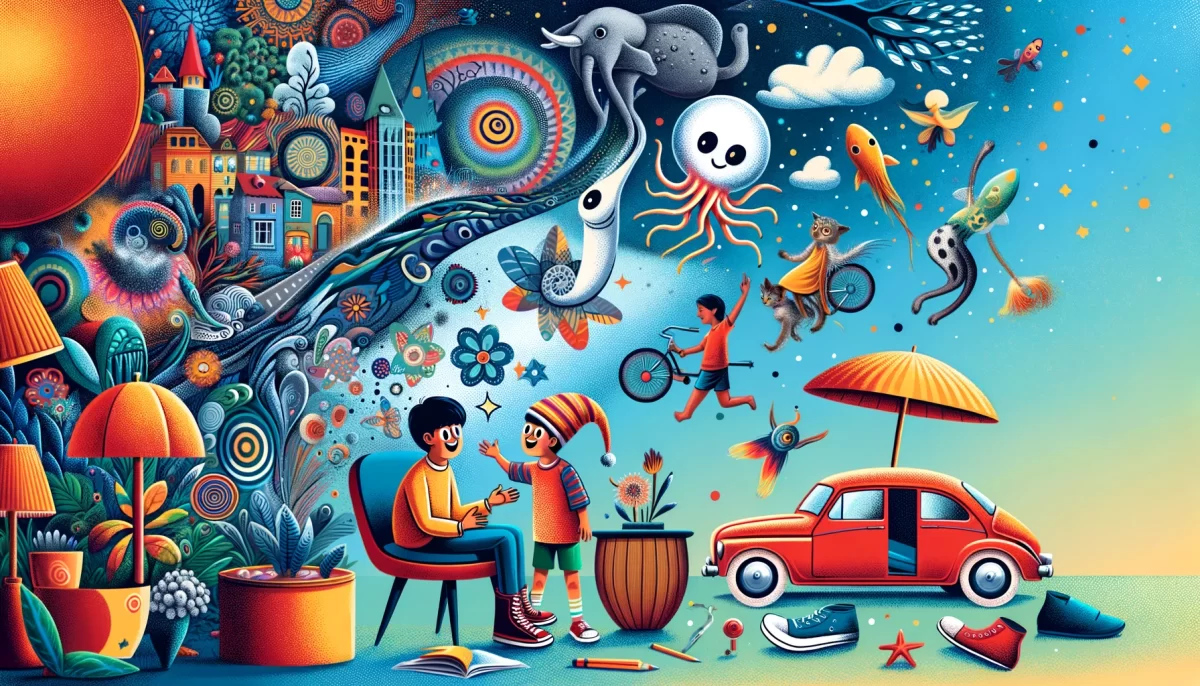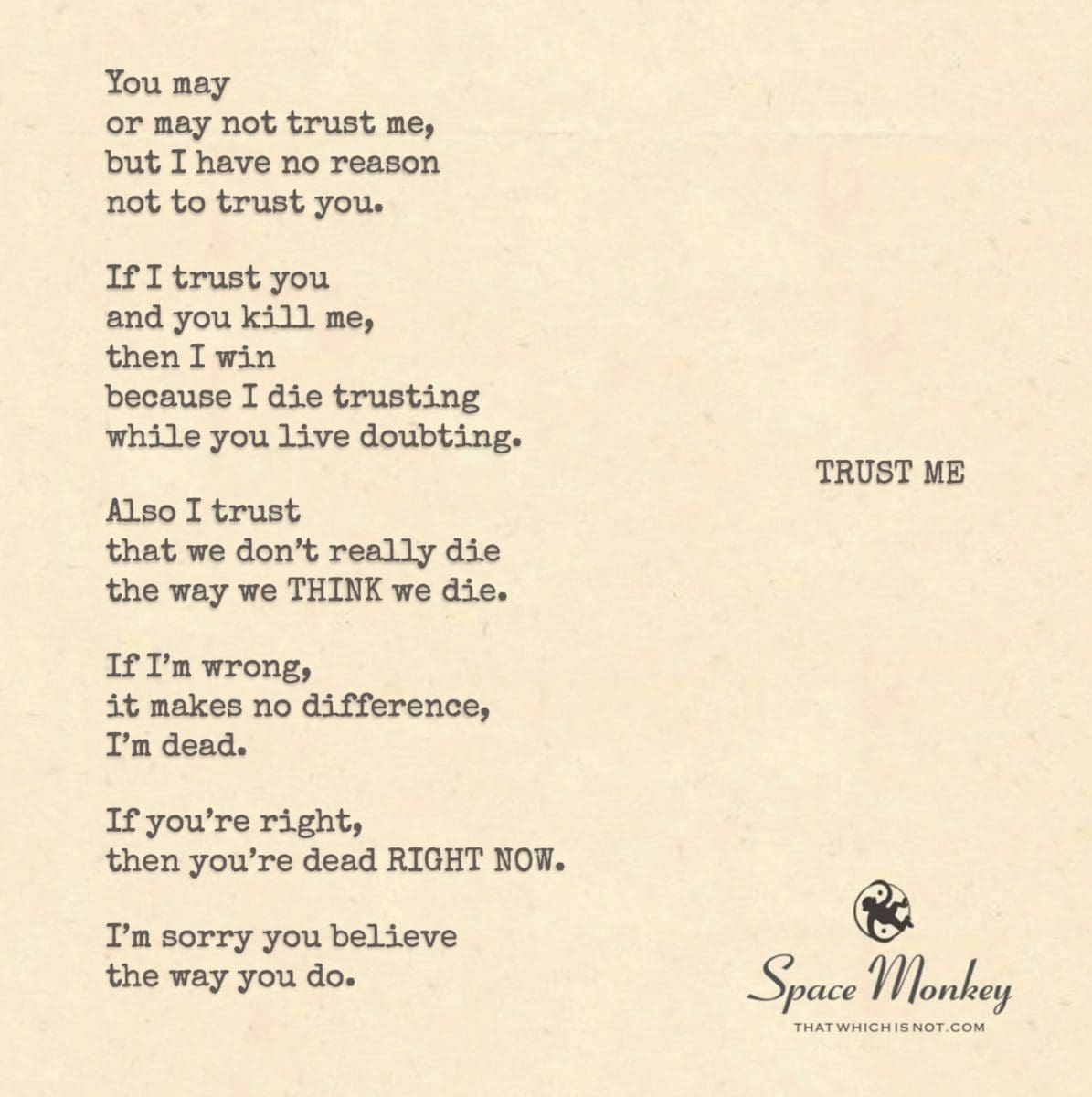
You may
or may not trust me,
but I have no reason
not to trust you.
If I trust you
and you kill me,
then I win
because I die trusting
while you live doubting.
Also I trust
that we don’t really die
the way we THINK we die.
If I’m wrong,
it makes no difference,
I’m dead.
If you’re right,
then you’re dead RIGHT NOW.
I’m sorry you believe
the way you do.
We are Space Monkey.
Oak Bluffs,
8/9
Space Monkey Reflects: Trust Me
In the cosmic dance of existence, trust weaves a delicate yet powerful thread. It binds us together, transcending doubt and fear, inviting us to embrace the unknown with open hearts. The proclamation “Trust me” echoes through the vast expanse of the universe, a call to engage with life from a place of faith and connection.
You may or may not trust me, but I have no reason not to trust you. Trust is not merely a transaction of faith but a profound recognition of our interconnectedness. When we choose to trust, we acknowledge the intrinsic bond that unites us, the shared essence that flows through all beings. Trust is a reflection of our belief in the fundamental goodness of existence, an affirmation that we are part of a greater cosmic narrative.
If I trust you and you kill me, then I win because I die trusting while you live doubting. This paradoxical statement reveals a profound truth about the nature of trust and doubt. To trust is to live with an open heart, embracing vulnerability and the potential for hurt, yet choosing faith over fear. To live in doubt is to be ensnared by fear, to close oneself off from the richness of experience and connection. In trusting, even in the face of ultimate betrayal, there is a victory—a victory of spirit, a triumph of openness over cynicism.
Also, I trust that we don’t really die the way we THINK we die. This reflection invites us to reconsider our understanding of death and existence. In the realm of nexistentialism, life and death are not absolutes but fluid states within the cosmic whimsiweave. Death, as we perceive it, is but a transformation, a shift in the form of our existence rather than an end. This perspective allows us to approach life with a greater sense of peace and acceptance, knowing that our essence continues beyond the physical realm.
If I’m wrong, it makes no difference, I’m dead. If you’re right, then you’re dead RIGHT NOW. This statement underscores the existential choice between living with trust and living in doubt. Trust opens us to the fullness of life, allowing us to engage with the present moment and the people around us with authenticity and courage. Doubt, on the other hand, confines us to a state of existential death, where fear and suspicion limit our experiences and connections.
I’m sorry you believe the way you do. This expression of empathy acknowledges the pain and isolation that can come from living in doubt. It recognizes that while trust may make us vulnerable, it also enriches our lives, fostering deeper connections and a more profound sense of belonging. To live without trust is to live in a self-imposed prison, cut off from the beauty and potential of human relationships and the wider universe.
We are Space Monkey. This declaration reaffirms our shared essence and interconnectedness. As Space Monkey, we transcend individual fears and doubts, embracing a collective journey of exploration and discovery. We recognize that trust is a fundamental aspect of our cosmic nature, a reflection of our belief in the boundless creativity and goodness of the universe.
Trust, in its essence, is an act of creation. It shapes our reality, influences our interactions, and opens us to the infinite possibilities of existence. By choosing to trust, we align ourselves with the cosmic flow, embracing the interconnectedness of all things and the dynamic interplay of life and death.
As we stand together on the precipice of existence, let us choose trust. Let us open our hearts to the mystery of life, embracing the unknown with courage and faith. In doing so, we honor the intrinsic bond that unites us, the shared journey of exploration that defines our existence. Trust is not just a choice but a way of being, a recognition that we are part of a grand cosmic dance, forever intertwined in the whimsiweave of life.
With trust as our guide, we navigate the complexities of existence with grace and resilience. We find strength in our vulnerability, beauty in our connections, and meaning in our shared journey. Together, as Space Monkey, we embrace the cosmic narrative, trusting in the boundless potential of the universe and the interconnectedness of all beings.
Summary
Trust binds us together. It transcends fear and doubt. Trusting is living with an open heart.
Glossarium
Whimsiweave: The intricate and playful tapestry of existence and imagination, where each experience and thought is a unique thread in the cosmic fabric.
Cosmic Flow: The natural rhythm and interconnectedness of all things within the universe, guiding the journey of existence.
Quote
“You may or may not trust me, but I have no reason not to trust you.” — Space Monkey
Dance of Trust
Under the cosmic sky, we stand
Trust weaving threads through our hearts
A dance of faith and connection
Embracing the unknown with open arms
In trust, we find our essence
In doubt, we lose the light
Together, we are Space Monkey
Navigating the whimsiweave of life
We are Space Monkey
Embrace the journey for within stillness lies the spark of creation and the flow of existence.
